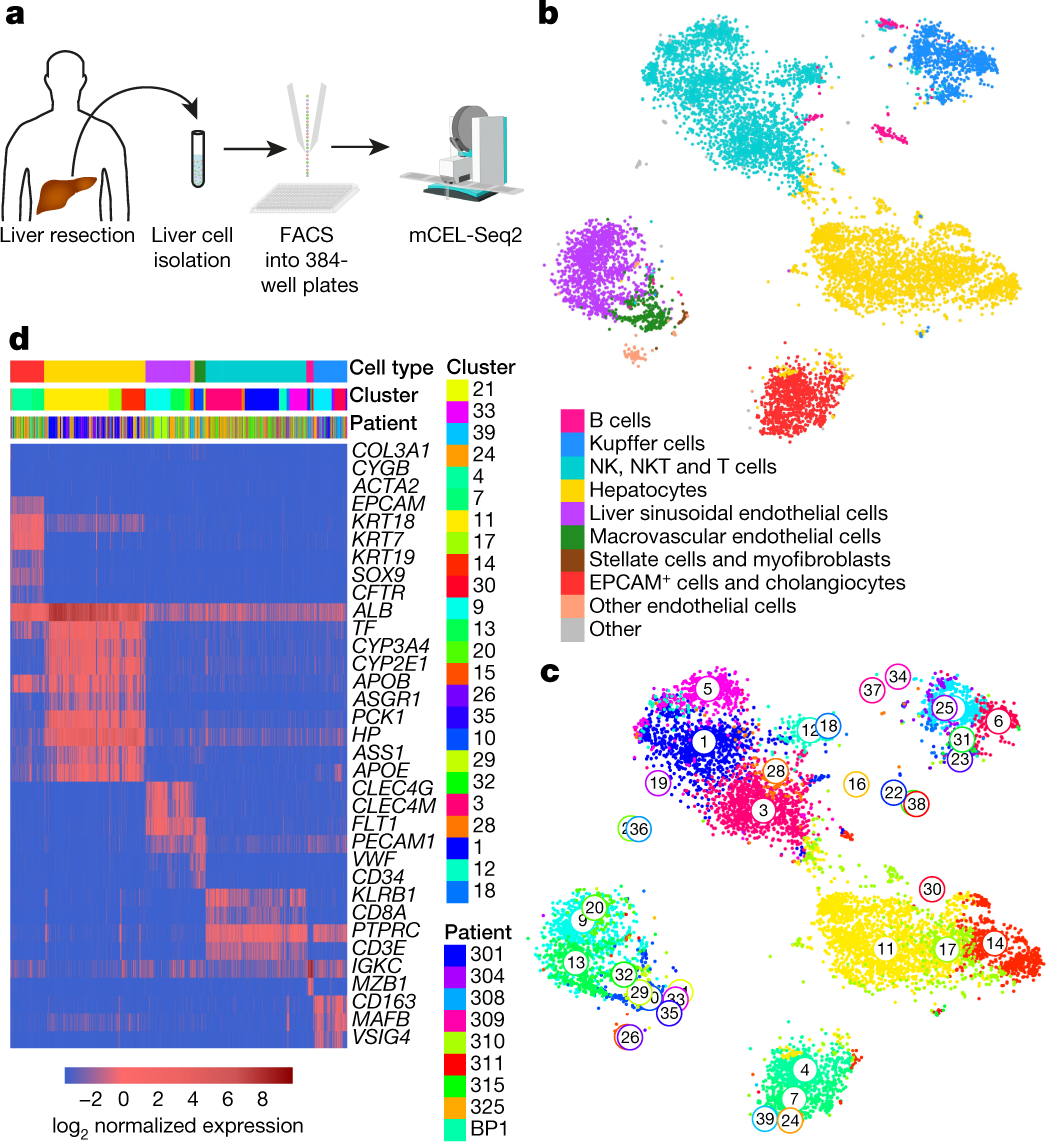

The basolateral side of the lobules is irrigated by the hepatic sinusoids, which are specialized capillaries organized around a vascular structure, i.e., a central vein that is connected with the other central veins of each lobule together, these vascular structures end up constituting the major vascular system of the liver, the vena cava hepatic.


Lobules are anatomo-physiological structures that are more or less well defined morphologically according to animal species, with large disparities observed between humans and pigs including fibrotic bridges between periportal zones. Hepatocytes are extremely polarized epithelial cells that are organized into lobules. Certain growth factors, such as Fibroblast growth factor (FGF), Bone morphogenetic proteins (BMPs), WNT signaling and retinoids allow the cellular signaling that is necessary for this differentiation of the hepatic lineage during development with a rapid dynamic. During development, the hepatic outline appears on the ventral side of the distal end of the anterior intestine and results from complex interactions between mesoderm and endoderm cells at the intra- and extraembryonic junction of the yolk sac. Other morphotypes are present in the liver, such as cholangiocytes in the bile ducts, endothelial cells, Kupffer cells (which are considered as hepatic macrophages) and hepatic stellate cells (which are resident lipid-storing cells). The multiple physiological functions of this organ are mainly ensured by hepatocytes, which constitute more than 80% of the cells of the liver and are organized in lobules. The liver also plays a key role in the detoxification of exogenous substances, such as antibiotics, alcohol, drugs, or other toxic substances. The liver is a multifunctional organ that is central in controlling the metabolism of carbohydrates (conversion of glucose to glycogen), lipids (production of cholesterol and associated proteins), and amino acids (by regulating their circulating levels) in the synthesis of certain essential proteins (albumin, coagulation factors, etc.) in regulating the levels of circulating iron and in converting ammonia to urea and bile by capturing bile acids.


 0 kommentar(er)
0 kommentar(er)
